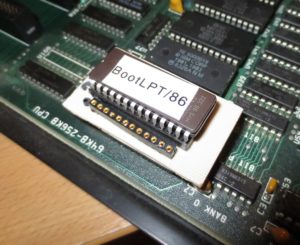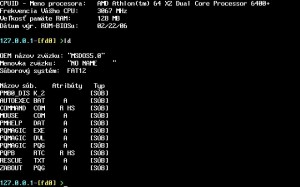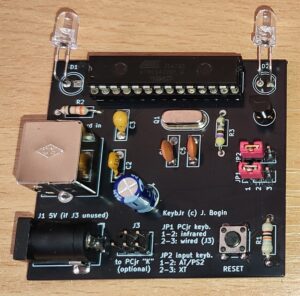2.88MB PS/2 diskettes thru USB with an Arduino
As a kid in 1998, I was given an old IBM PS/2 to play games on. It only had one problem: with no USB (naturally) and no optical drive in it, I could not add more games to the hard drive, since the floppy drive didn’t work properly. However, I was curious to see an orange light come on, instead of the more familiar green, and there was “2.88” written on its eject button. What… [more]













